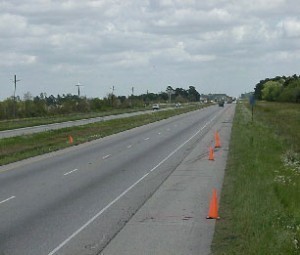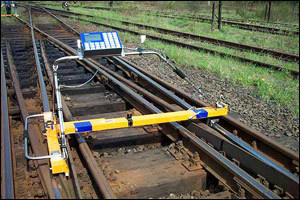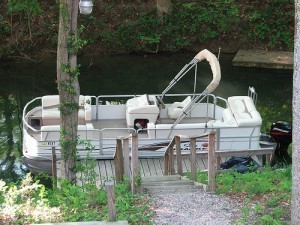Interstate Highway Standards
The Interstate Highway (also known as the Dwight D. Eisenhower  National System of Interstate and Defense Highways) is an expressway in the U.S., which is named after President Dwight D. Eisenhower. This expressway is 75,440 kilometers long. It was developed under the Federal-Aid Highway Act of 1956. In order to ensure that motorists will not have problems while traveling along the highway, the American Association of State Highway and Transportation Officials developed the Interstate Highway standards.
National System of Interstate and Defense Highways) is an expressway in the U.S., which is named after President Dwight D. Eisenhower. This expressway is 75,440 kilometers long. It was developed under the Federal-Aid Highway Act of 1956. In order to ensure that motorists will not have problems while traveling along the highway, the American Association of State Highway and Transportation Officials developed the Interstate Highway standards.
The Standards for Interstate Highway
As implemented in July 2007, the standards are categorized into 14 categories, which include the controlled access, minimum design speed, maximum grade, minimum number of lanes, minimum lane width, shoulder width, pavement sloping, recovery areas and curb slope. The other categories are the vertical clearance, horizontal clearance, bridge strength and tunnel clearance.
The standards for controlled access include the minimum interchange spacing in urban places of 1.6 kilometers and in rural places of 4.8 kilometers. The control of access from nearby properties should extend not less than 30 meters in urban places and 90 meters in rural places.
In terms of the design speed, the minimum in rural areas is 120 kilometers per hour while in urban areas, the minimum is 100 kilometers per hour. In some highways like the Interstate 70, Interstate 291 and Interstate 490, the minimum design speed is 60 kilometers per hour.
The maximum lane number in each direction is not less than two and there should be emergency escape ramps and climbing lanes in some parts of the highway if needed. The minimum width of each lane should be 3.62 meters. The outside shoulder width is 3 meters while the inner shoulder width is 1.2 meters. In rural places, the median width should be 11 meters and in urban areas, it should be 3 meters.
The minimum vertical clearance in urban places should be 4.3 meters and in rural place, it is 4.9 meters. Bridges along the highway should have not less than HS-20 structural capacity. It is also important that bridges have lanes that measure 12 feet. Tunnels along the Interstate should have a width of not less than 13.1 meters. These should have two lanes. Each lane should have a width of 3.6 meters. The outside shoulder of the lanes should measure 3 meters while the inner shoulder should be 1.5 meters. Additionally, it is important that tunnels have safety walkways. These should be found on each side of the tunnel. The walkway should measure .7 meters.





